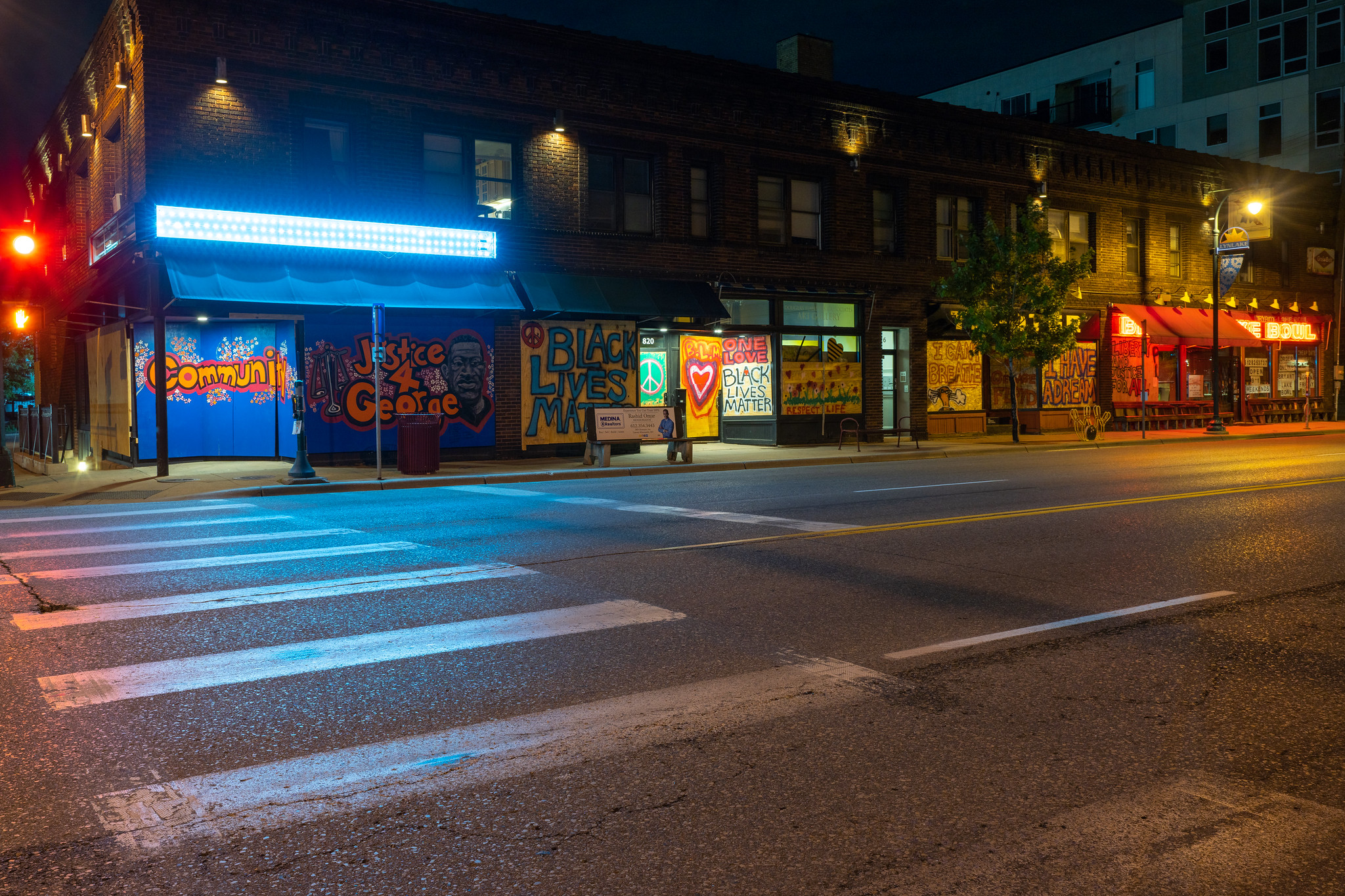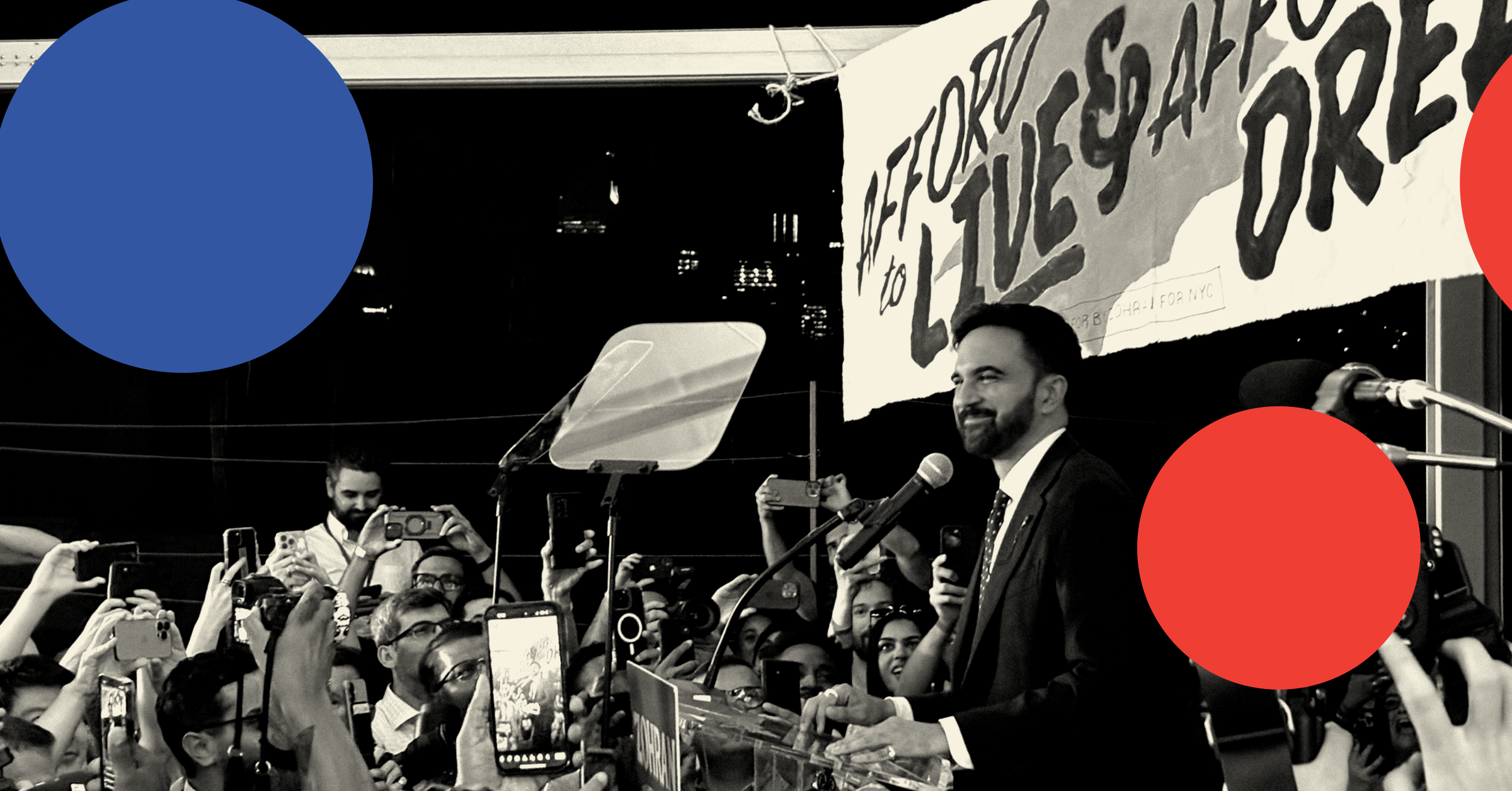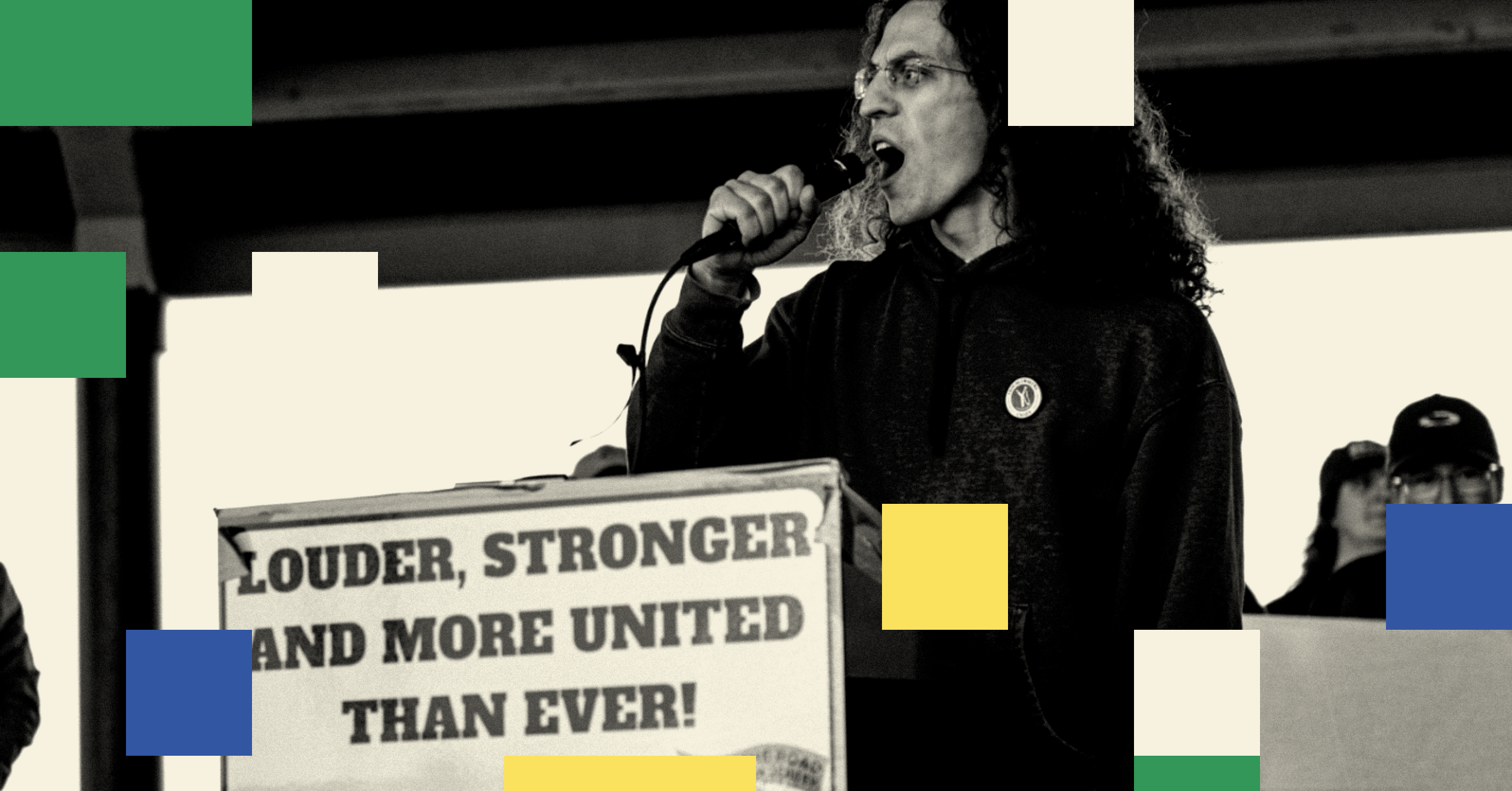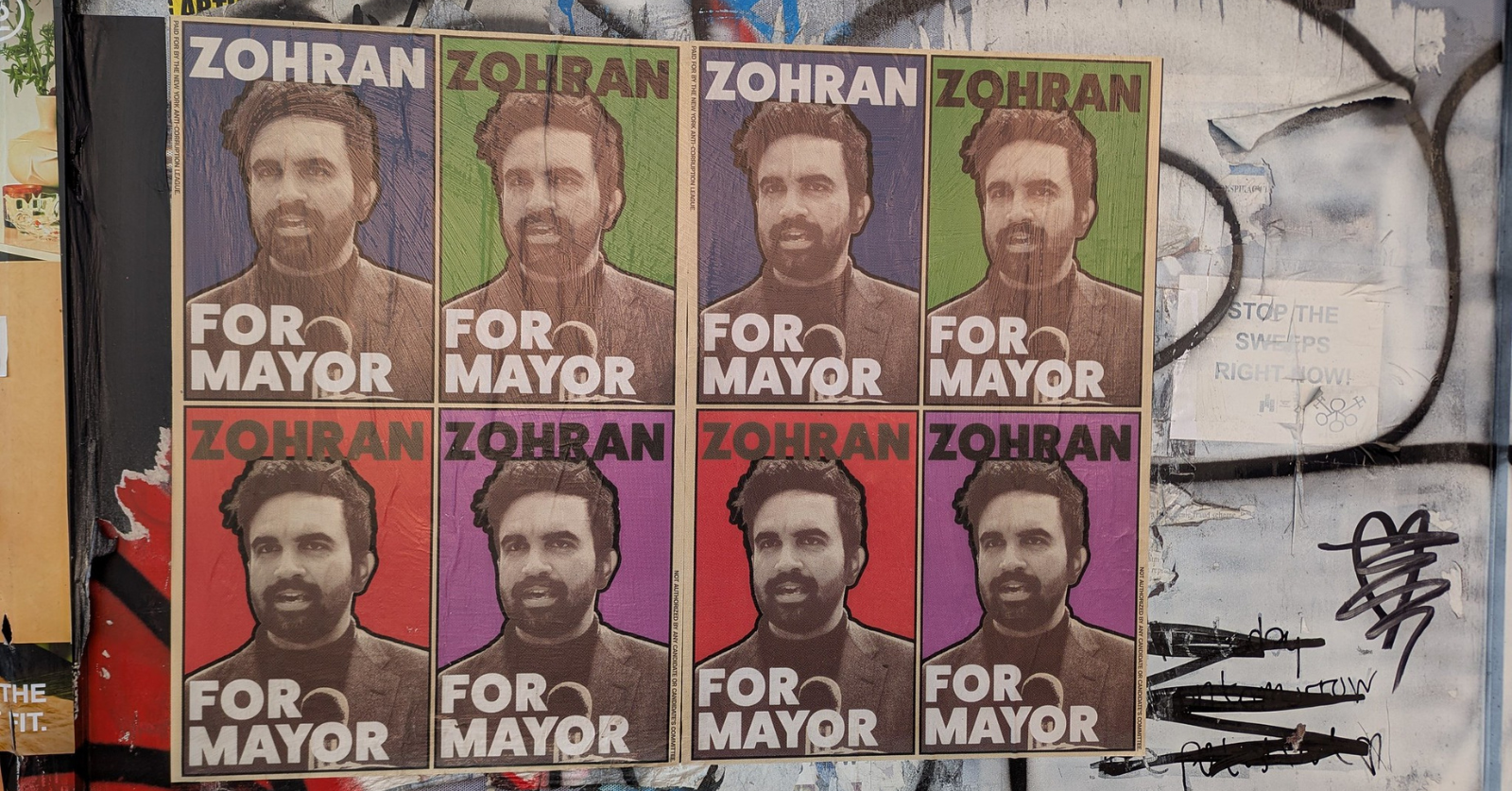Thursday marked the third night of protests in Minneapolis that have erupted into a full-scale rebellion following the murder of George Floyd, a Black man, by Derek Chauvin, a white Minneapolis police officer. The protests have centered on the Third Precinct Minneapolis Police Station, which burned down last night, and the surrounding area, fanning out into other areas of Minneapolis as well.
The spark that ignited the anger of Minneapolis residents this week was the disturbing video that emerged of Chauvin kneeling on Floyd’s neck for seven minutes while terrified onlookers pleaded for mercy and Floyd himself repeatedly begged for his life, saying he could not breathe.
The Black-led uprising on the streets of Minneapolis is fueled by decades of segregation and inequality.
Despite its reputation as a haven for progressive politics, Minneapolis and the surrounding Twin Cities area is one of the most segregated metropolitan areas in the U.S. Not only has segregation in the Twin Cities increased in the past 30 years, it’s been accompanied by a racial “achievement gap,” that’s left non-white students far behind their peers in predominantly white schools.
Minneapolis’s Third Precinct, Derek Chauvin’s former precinct and where George Floyd was killed, encompasses one of the two areas of the city where much of Minneapolis’s non-white population is concentrated, the other being North Minneapolis where police killed Jamar Clark in 2015. These areas are also among the lowest income areas in the Twin Cities.
Two “complexes” now drive segregation in the Twin Cities — a low-income housing complex that concentrates low-income housing in poor, diverse areas in Minneapolis and St. Paul, and a charter-school industrial complex that undercuts the public school system and drives a wedge into the region’s education achievement gap.
Public-private partnerships with roots in the 1980s era of deregulation and defunding of public programs now form a tight-knit network of government agencies, nonprofits, private developers, banks, and investors that depends on profits from the construction of low-income housing that lock segregated neighborhoods in a cycle of poverty. Minnesota is also the birthplace of charter schools as the first state to permit charter schools in 1991.
Meanwhile, wealthy areas of the city, such as the Uptown area, have seen a major expansion in new market-rate housing. These units are explicitly marketed as housing for affluent, single, recent college graduates to live in as they accumulate the capital to purchase a house further out in the suburbs while working at downtown Minneapolis firms like Target’s corporate headquarters. This housing construction program has helped fuel the growth of bubbles of highly educated, predominately white residents.
The anger that’s erupted in the past nights in Minneapolis is unequivocally a response to the racism and violence of a police force that’s been permitted to act with impunity as it brutalizes and murders Minneapolis’s Black and brown residents. The decades of abuse by an economic and political system in the city that has profited off of segregation has not only contributed to the construction of this murderous police force but brutalized the Twin Cities’ multiracial working class as well.
It may be more than just poetic justice, then, that a construction site for a new housing complex and a charter school office near the third precinct headquarters — all symbols of this brutalization — were among the properties set on fire in the past few nights.
(To support the protestors in Minneapolis, please check out the Minnesota Freedom Fund.)




